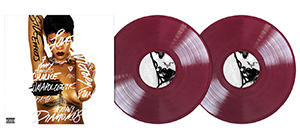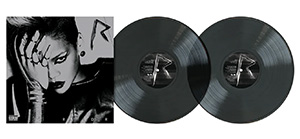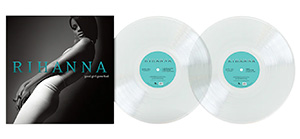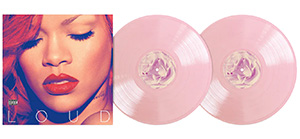‘Wild Is The Wind’: Nina Simone’s Typically Genre-Crossing Proclamation
The great jazz singer-pianist’s sixth album for Philips was named after a much-covered song that also links Johnny Mathis and David Bowie.
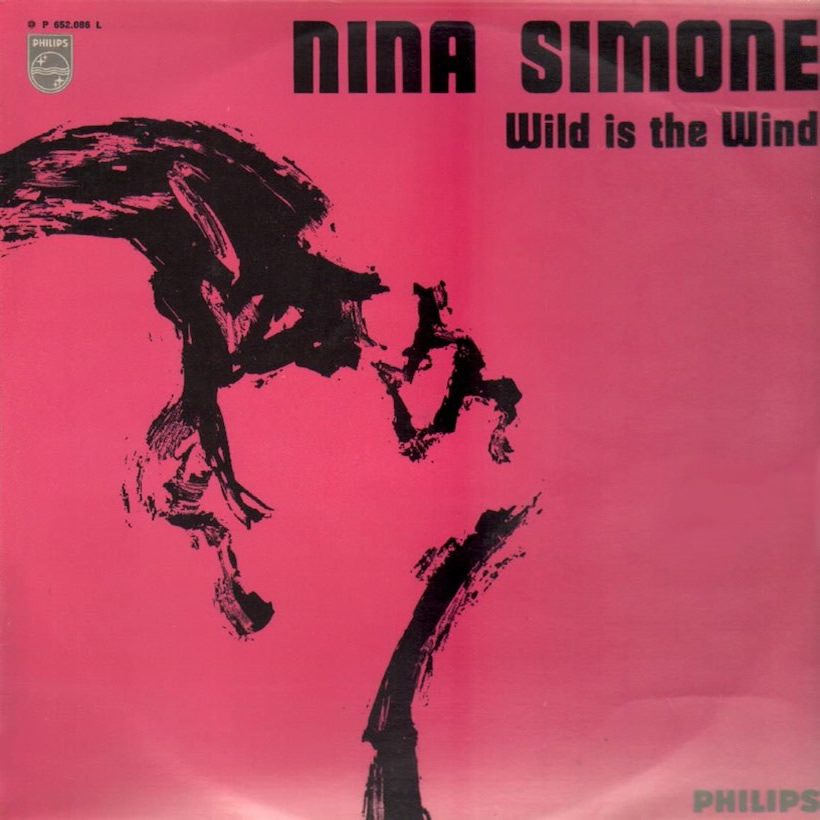
Peerless vocal stylist Nina Simone had to wait three years from her debut album release, with Little Girl Blue in 1958, to her first US LP chart appearance with Nina At Newport. After charting with another live disc, 1964’s Nina Simone In Concert, she was then on Billboard‘s pop album survey twice in 1965, with I Put A Spell On You in June and with Pastel Blues less than four months later.
The first of those albums didn’t make the R&B chart, which Billboard introduced at the beginning of that year, but the second became a Top 10 item, at No.8. Its No.139 peak on the pop side emphasises that Simone’s main audience in those days was in the rhythm and blues market, In hindsight, the real shock is to note that Simone never had another Top 10 LP on the soul chart.
Nevertheless, four more entries followed on that countdown over a 14-month period, beginning on September 10, 1966, when Wild Is The Wind made the 25-position list at No.23. Nearly two months before it made the pop chart, the album, her sixth for Philips, debuted on that soul chart just below Bobby Hebb’s Sunny and James Brown’s Soul Brother No.1.
Simone’s 11-track LP, produced as usual by New York-born composer and arranger Hal Mooney, featured one of her own compositions, the typically courageous social commentary “Four Women.” The album was named after the Dimitri Tiomkin and Ned Washington composition, which had been introduced in an Academy Award-nominated version by Johnny Mathis, in the 1957 film of the same name. David Bowie was among the many devotees of the song, as his cover on 1976’s Station To Station proved.
‘Her voice was used primarily as an instrument’
When Simone played at Square East in New York in March, she opened with “Wild Is The Wind.” It made a great impression on her audience, as Billboard’s reviewer Claude Hall observed. “It was a pounding production featuring a rising tempo and a rising ending,” he wrote. “Her piano performance was great; her voice was used primarily as an instrument, adding to the total effect.”
Listen to the best of Nina Simone on Apple Music and Spotify.
Other notable tracks on the Simone release included her interpretation of the traditional “Black Is The Colour Of My True Love’s Hair” and another of James Shelton’elkie s “Lilac Wine.” That haunting song was later to become well known, to British audiences in particular, in a hit recording by Elkie Brooks. It was also recorded by Jeff Buckley on his landmark album of 1994, Grace.
Wild Is The Wind reached No.12 on the R&B chart and No.110 in the pop market. Far greater and more widespread acclaim was to come in the ensuing years.
Listen to the Wild Is The Wind album on Apple Music or Spotify.


